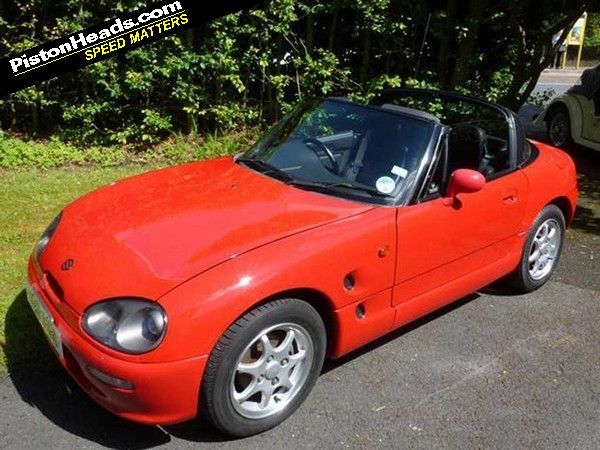

The Suzuki Cappuccino is a classic Japanese car that has recently become available for sale. No, the Suzuki Cappuccino is not legal in the US. Is the Suzuki Cappuccino Legal in the Us? The Cappuccino Suzuki also offers great performance with its turbocharged engine and sporty suspension system – perfect for anyone who likes to take their vehicle off-road or just cruise around town in style. Its fuel efficiency and affordability make it an attractive choice for those looking for an economical yet stylish ride. It has a unique style and design, making it stand out from other vehicles on the road.

The Cappuccino has since become something of a cult classic among small car enthusiasts who appreciate its unique combination of style, performance and practicality.Ĭappuccino Suzuki is a small, lightweight car that has been gaining in popularity recently. It was offered in both turbocharged and naturally aspirated versions, allowing for different levels of driving excitement depending on the driver’s preferences. In addition to its sporty styling and performance capabilities, the Cappuccino also had advanced safety features such as airbags and anti-lock brakes (ABS). The Cappuccino had two seats, one behind the other, along with a removable hardtop roof panel that allowed it to be transformed into an open-air roadster. It featured a 660 cc, three-cylinder engine that produced an impressive 47 horsepower and 57 lb-ft of torque. It was first introduced in 1991 and sold until 1998. For under $20,000, you will have a cute & confident corner carver, so stay with us for more import insights.Cappuccino Suzuki is a Japanese kei car designed by the automaker Suzuki. Did we mention it has Variable Valve Timing? We’re waiting for you to grind a custom cam and leave the liter-bikes in your rear view. A cold-air intake can be made using parts from the hardware store, and a generic catalytic converter will keep the police happy. Thanks to the car’s small size, it can be painted in your garage with decent results. Miata people can’t have all the fun, so it's time to invade their events with an even-smaller, better handling Japanese Pocket Rocket. At this point, owning two Kei cars can become addicting, so we suggest parting ways with one or both to keep peace with the significant other. Not only will it save on costs, but it will convince the next owner they are getting their money’s worth. Make a budget to replace or restore everything in your car and put the decent parts on the other one. You could sell the other car upon arrival, but here’s a better idea. Because these are simply “old cars” in Japan, find another example in need of a little love. In honor of our Tuning Month, here is a fun scenario. Sharing the same engine with the Suzuki Jimmy has allowed the aftermarket to embrace this platform. It will offer 52.3 mpg in stock form, and probably a little more once the intake and turbo are optimized. Suzuki states the optimal speed for good mileage is 56 mph. Because the car is intercooled from the factory, a few minutes of work will yield 120 reliable horsepower. In order to keep power below the government mandate, the stock injectors only flow 225cc. It all adds up to a curb weight of 1,598 pounds. To cut every gram of un-sprung weight, the control arms, spindles, and sway bars are very light. That’s because you have 4-wheel disc brakes, coil-over suspension, and an independent rear. In stock form, they are more fun than a barrel of monkeys. The real treat is getting behind the wheel. Since you will have ample room in a 20’ container, we would utilize the remaining space with crates of Manga, Pachinko, and Minidiscs to satiate American fascinations. Depending on which bottlenecked American port you choose, you could be driving a Cappuccino for under $13,000. A quick search on shows us that fun doesn’t have to be expensive. Yes, many of them were sold with 3-speed automatics that seriously hampered acceleration.

You will be one cylinder short, but the turbocharged K6A is capable of chunky torque. Under the hood, you might anticipate a tiny turbo-4 mounted east-west. Instead, the roof panels stow in the trunk while the rear glass folds away under the tonneau cover.


 0 kommentar(er)
0 kommentar(er)
